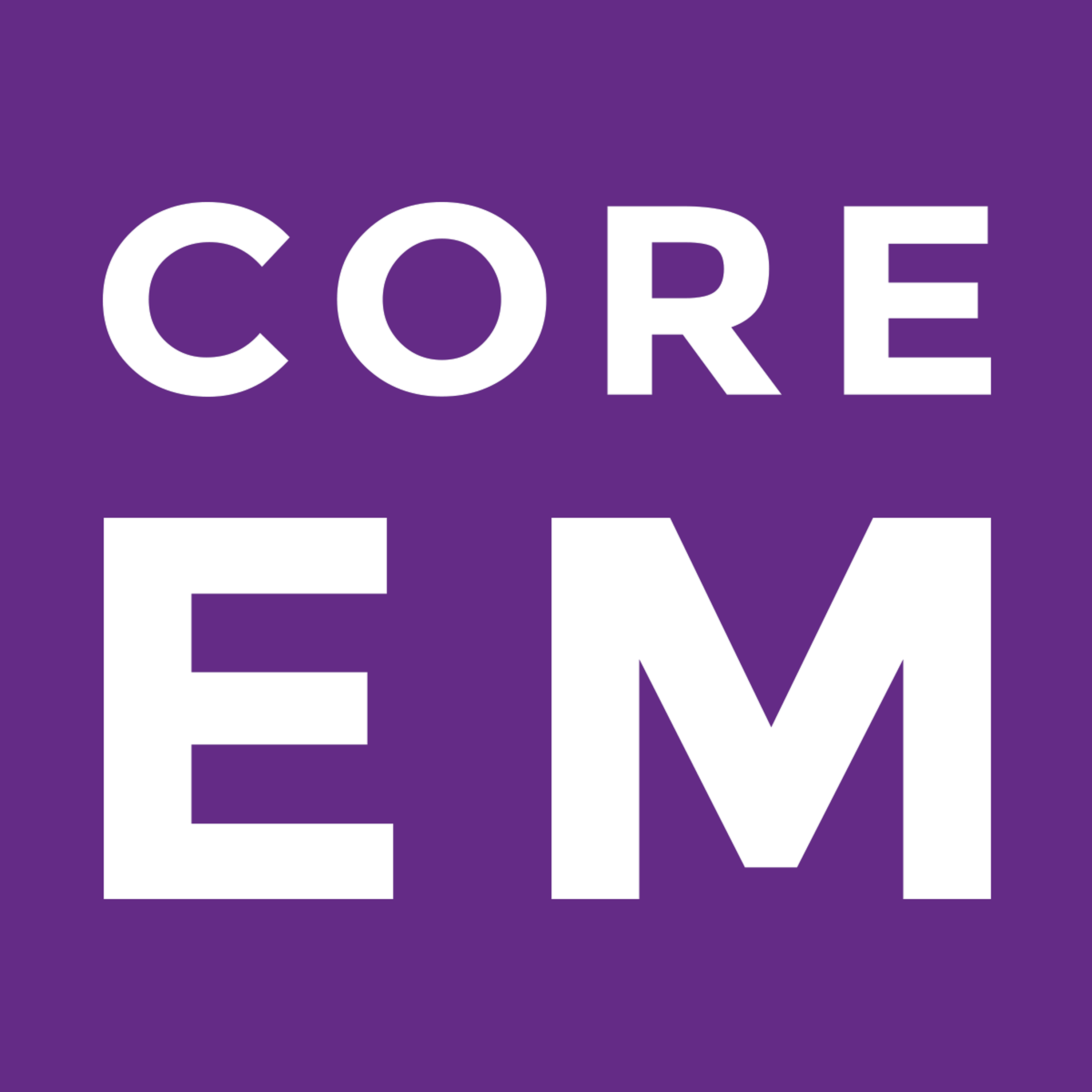Episode 162.0 – Stevens-Johnson Syndrome/Toxic Epidermal Necrolysis
Description
A look at this deadly mucocutaneous reaction and how to best manage these patients in the ED
https://media.blubrry.com/coreem/content.blubrry.com/coreem/SJS.mp3
Download
Leave a Comment
Tags: Critical Care, Dermatology
Show Notes
* Rash with dysuria should raise concern for SJS with associated urethritis
* Dysuria present in a majority of cases
* SJS is a mucocutaneous reaction caused by Type IV hypersensitivity
* Cytotoxic t-lymphocytes apoptose keratinocytes → blistering, bullae formation, and sloughing of the detached skin
* Disease spectrum
* SJS = 30% TBSA
* SJS/ TEN Overlap = 10-30% TBSA
* Incidence is estimated at around 9 per 1 million people in the US
* Mortality is 10% for SJS and 30-50% for TEN
* Mainly 2/2 sepsis and end organ dysfunction.
* SJS can occur even without a precipitating medication
* Infection can set it off especially in patients with risk factors including HIV, lupus, underlying malignancy, and genetic factors
* SATAN for the most common drugs
* Sulfa, Allopurinol, Tetracyclines, Anticonvulsants, and NSAIDS
* Anti-epileptics include carbamazepine, lamictal, phenobarb, and phenytoin
* Can have a curious course
* Hypersensitivity reaction can develop while taking medication, or even one to four weeks after exposure
* In pediatric population, mycoplasma pneumonia and herpes simplex have been identified as precipitating infections
* Patients often have a prodrome 1-3 days prior to the skin lesions appearing
* May complain of fever, myalgias, headaches, URI symptoms, and malaise
* Rash may be the sole complaint
* Starts as dark purple or erythematous lesions with purpuric centers that progress to bullae
* Skin surrounding the lesions detaches from the dermis with just light pressure (Nikolsky Sign)
* Up to 95% of patients will have mucous membrane lesions
* ~85% will have conjunctival lesions
* Symptoms: Burning or itching eyes, a cough or sore throat, pain with eating, pain with urinating or defecating
Source: JAMA Dermatol. 2017
* Differential Diagnosis: SSSS, autoimmune bullous diseases, bullous fixed drug eruption, erythema multiforme, thermal burns, phototoxic reactions, and TSS
* SJS is a clinical diagnosis
* Basic workup: CBC, chemistry panel, LFTs, and a UA
* Treatment
* Supportive care
* IV fluid repletion guided by TBSA affected,
More Episodes
Published 05/01/24
Published 04/01/24
Published 03/01/24


